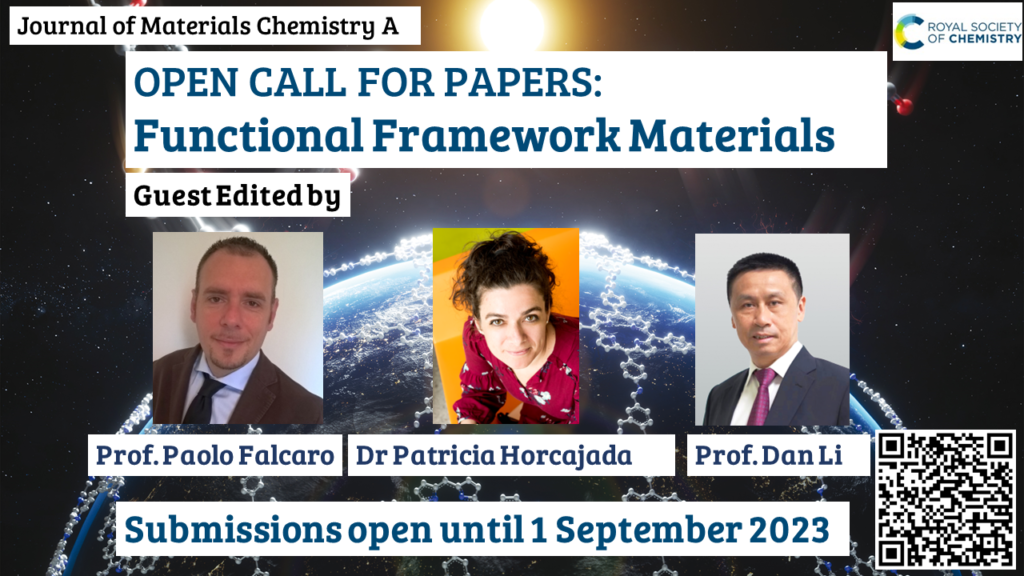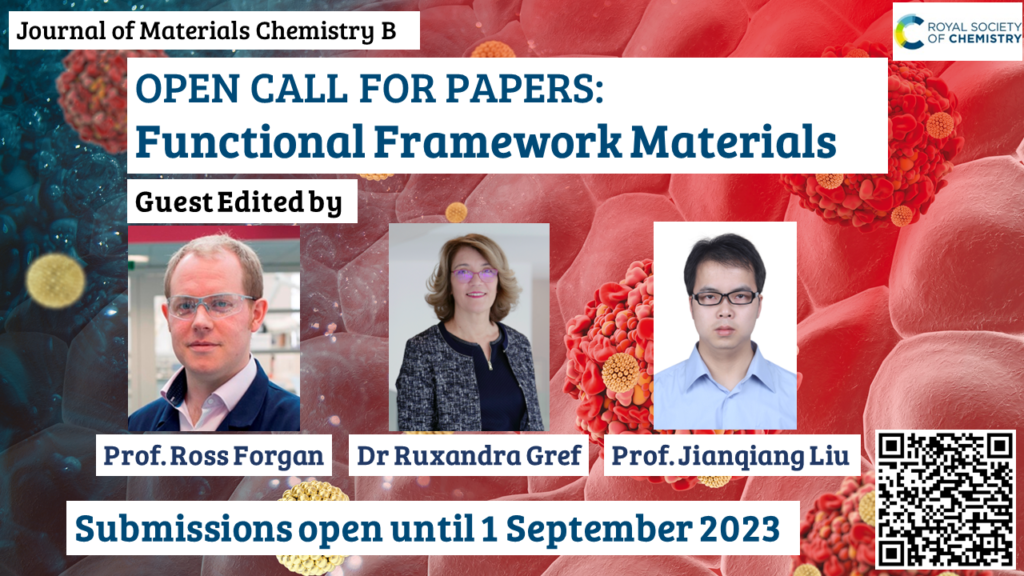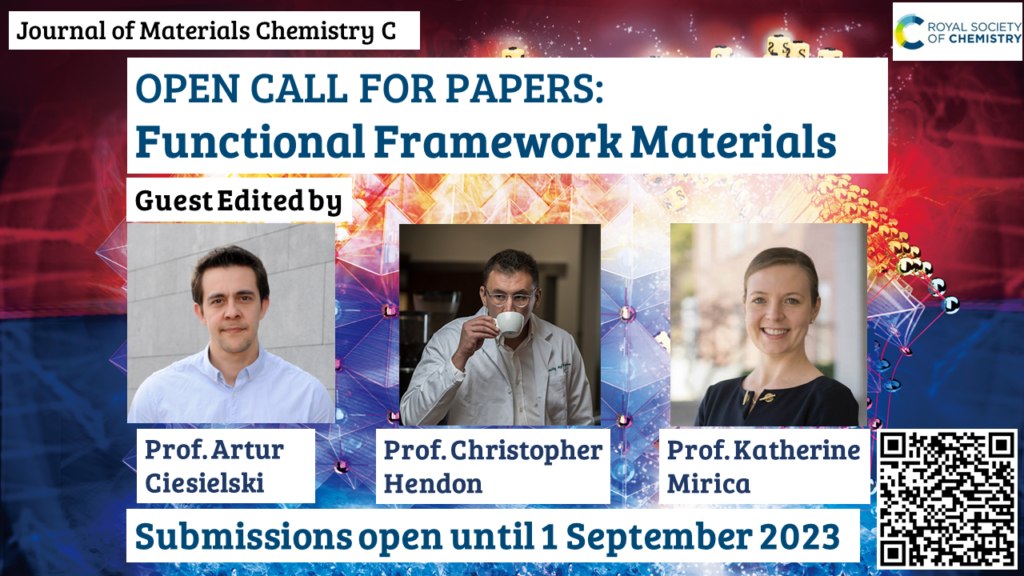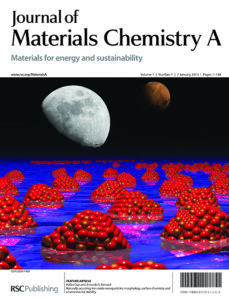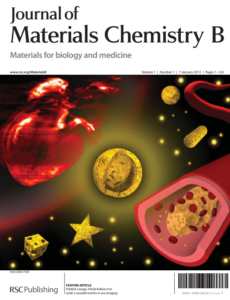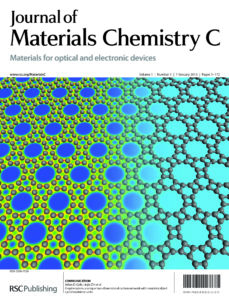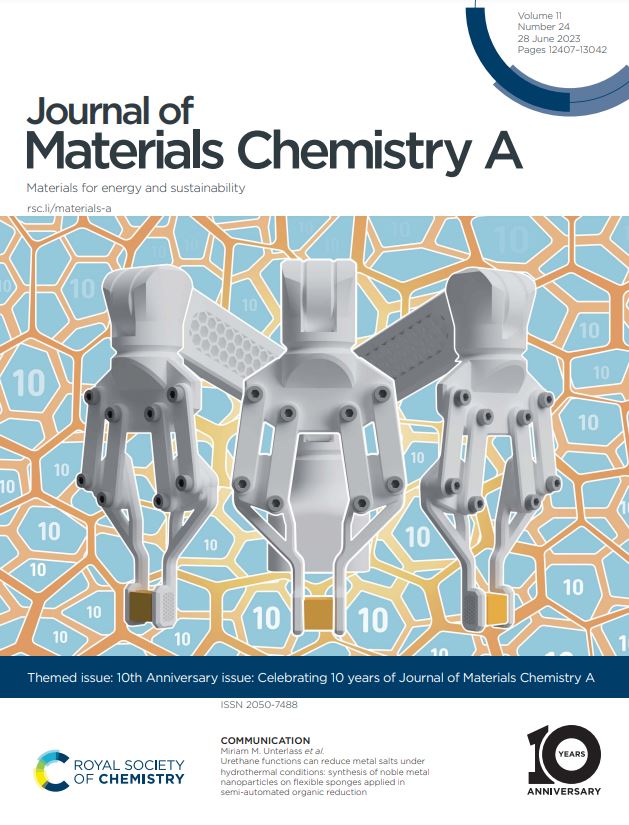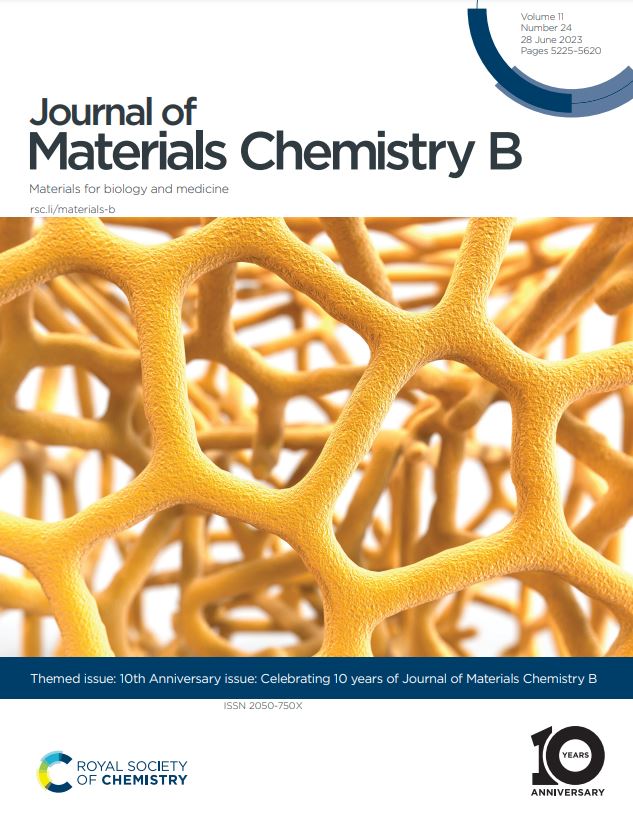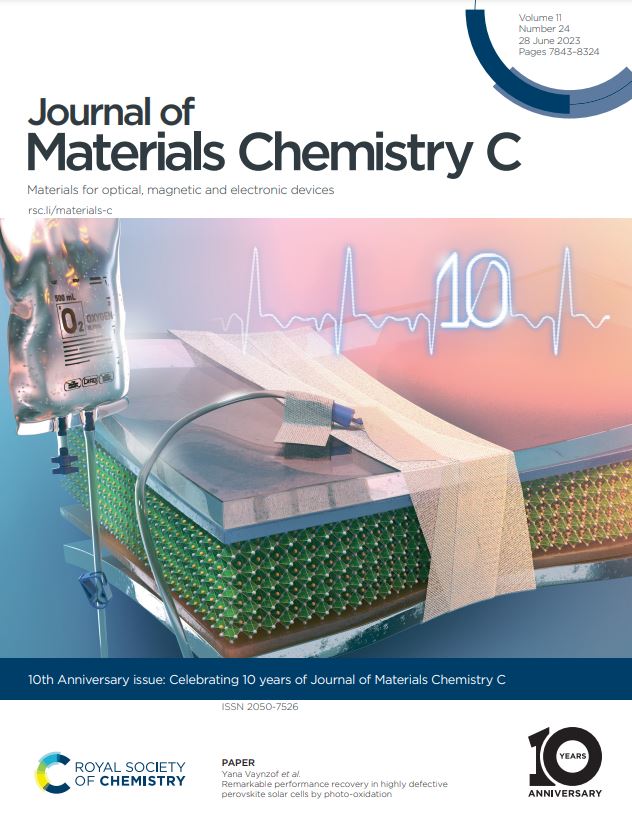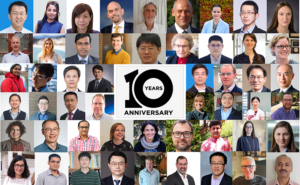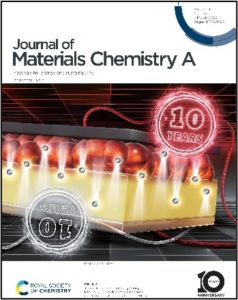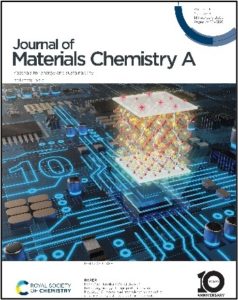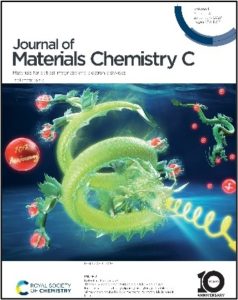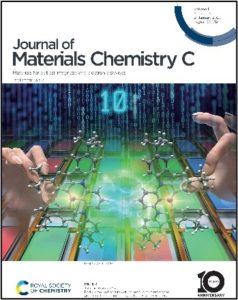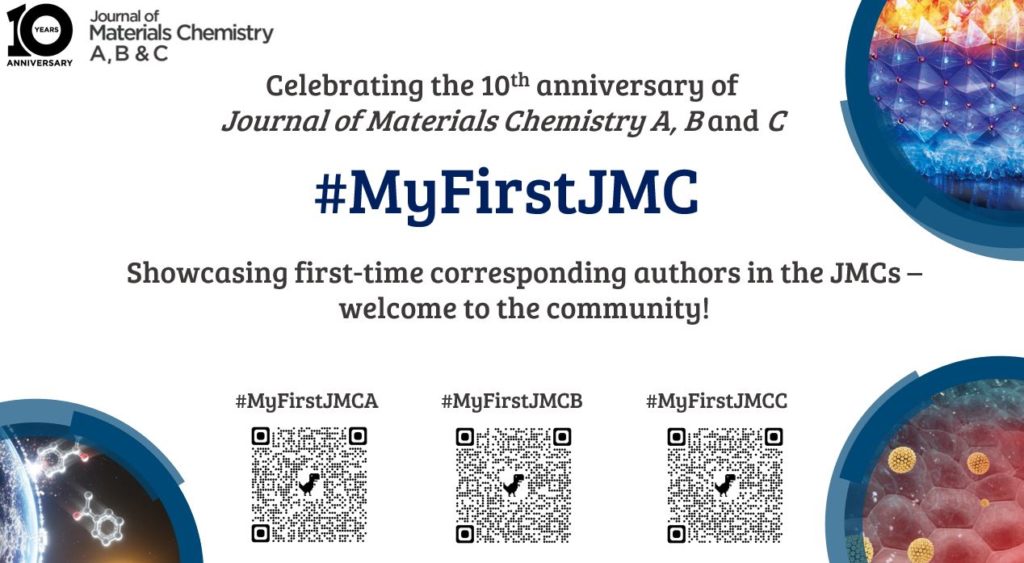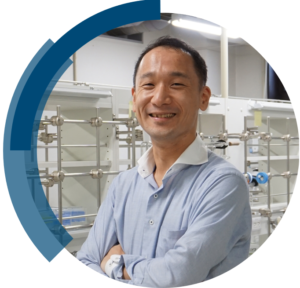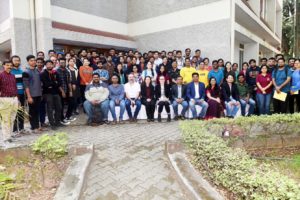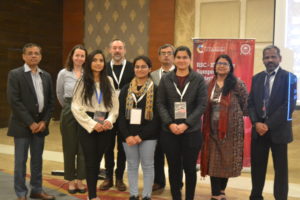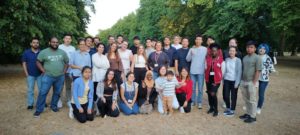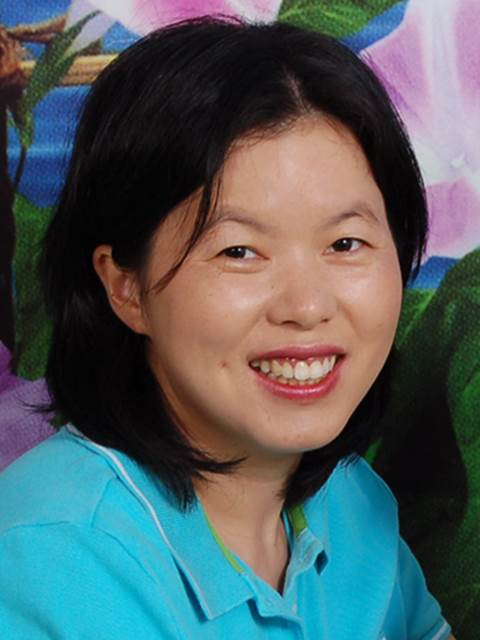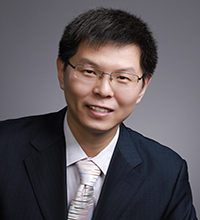Journal of Materials Chemistry A, B and C are proud to announce an open call for three themed collections on the topic of Functional Framework Materials.
Journal of Materials Chemistry A
Guest Edited by:
Paolo Falcaro (TU Graz, Austria)
Patricia Horcajada (IMDEA Energy, Spain)
Dan Li (Jinan University, China)
Scope:
Porous materials, particularly those with ordered structures, present interesting physicochemical properties that make them ideal platforms to be explored in the field of fluid storage/separation, catalysis, energy storage, and chemical sensing. Metal–organic frameworks (MOFs) and covalent–organic frameworks (COFs) are among the most promising nano-scaled porous crystalline materials presenting continuous breakthroughs in various relevant applications in recent years. Their exceptional features attracted the great interest of scientists (e.g. chemists, physicists, engineers) who have taken advantage of their unique structures and properties to solve complex problems. This collection focuses on the synthesis, and understanding, of MOFs and COFs as well as their composite materials and provides an overview of their recent development toward practical applications. The selected articles will identify the challenges and address key issues in MOFs/COFs science and engineering. We would like to receive original manuscripts in, but not limited to, the following areas: Design and synthesis of MOFs/COFs, smart materials and advanced characterization, adsorption and separation, catalysis and sensing, device fabrication and application, theoretical calculation and machine learning, energy conversion and storage, environment and green-sustainable materials, biotechnology, as well as scaled-up and industrialization. Papers on MOFs for energy-related applications are most welcome.
Journal of Materials Chemistry B
Guest Edited by:
Ross Forgan (University of Glasgow, UK)
Ruxandra Gref (Université Paris Saclay, France)
Jianqiang Liu (Guangdong Medical University, China)
Scope:
Synthetic porous materials such as metal-organic frameworks (MOFs) and covalent organic frameworks (COFs) exhibit unique properties, for example, size-controlled synthesis, geometrically and chemically tuneable pore spaces, very high internal molecular storage capacities, and addressable particle surfaces. For these reasons, MOFs and COFs have extensively investigated for a wide range of applications. Furthermore, the ability to judiciously select structural components with both biocompatibility and functionality has led to the study of these materials across all aspects of nanomedicine, from drug delivery to radiotherapies, imaging, theranostics, and beyond. Notable breakthroughs are typically underpinned by fundamental advances in materials synthesis, functionalisation, and characterisation, as well as interdisciplinary approaches examining biocompatibility, imaging methodologies, and biological mechanisms of therapeutic action, ensuring a broad scientific interest.
With this in mind, we are compiling a themed collection for Journal of Materials Chemistry B covering all aspects of MOF and COF chemistry related to biological applications. The collection will provide a platform to highlight state-of-the-art developments in a rapidly moving field, including but not limited to, drug delivery (from small molecules through peptides and oligonucleotides to large proteins), all aspects of imaging, theranostics, biological sensing, biocompatibility in vitro and in vivo, hybridisation with other nanomaterials, encapsulation of biological entities (from enzymes to viruses and cells), and other emerging technologies. We hope that this themed collection will bring together the state-of-the-art in the field in one place, acting as a valuable resource for those entering the field while highlighting the huge potential of MOFs and COFs in nanomedicine.
Journal of Materials Chemistry C
Guest Edited by:
Artur Ciesielski (Université de Strasbourg, France)
Christopher Hendon (University of Oregon, USA)
Katherine Mirica (Dartmouth University, USA)
Scope:
In this themed collection, “Fundamentals and Applications of Functional Framework Materials”, Journal of Materials Chemistry C brings together original research articles in the field of framework chemistry, i.e., metal-organic frameworks (MOFs), covalent organic frameworks COFs, porous coordination polymers (PCPs), and so forth. The issue intends to span multiple length scales and disciplines, on topics ranging from their synthesis, characterization, structure-function relationships, insights gleaned from simulation, and application in devices.
If you would like to contribute to this themed issue, you can submit your article directly to the online submission service for Journal of Materials Chemistry A, Journal of Materials Chemistry B or Journal of Materials Chemistry C. Please mention that this submission is a contribution to the Functional Framework Materials collection in the “Themed issues” section of the submission form and add a “Note to the Editor” that this is from the Open Call. The Editorial Office reserves the right to check suitability of submissions in relation to the scope of both the journal and the collection, and inclusion of accepted articles in the final themed issue is not guaranteed.


